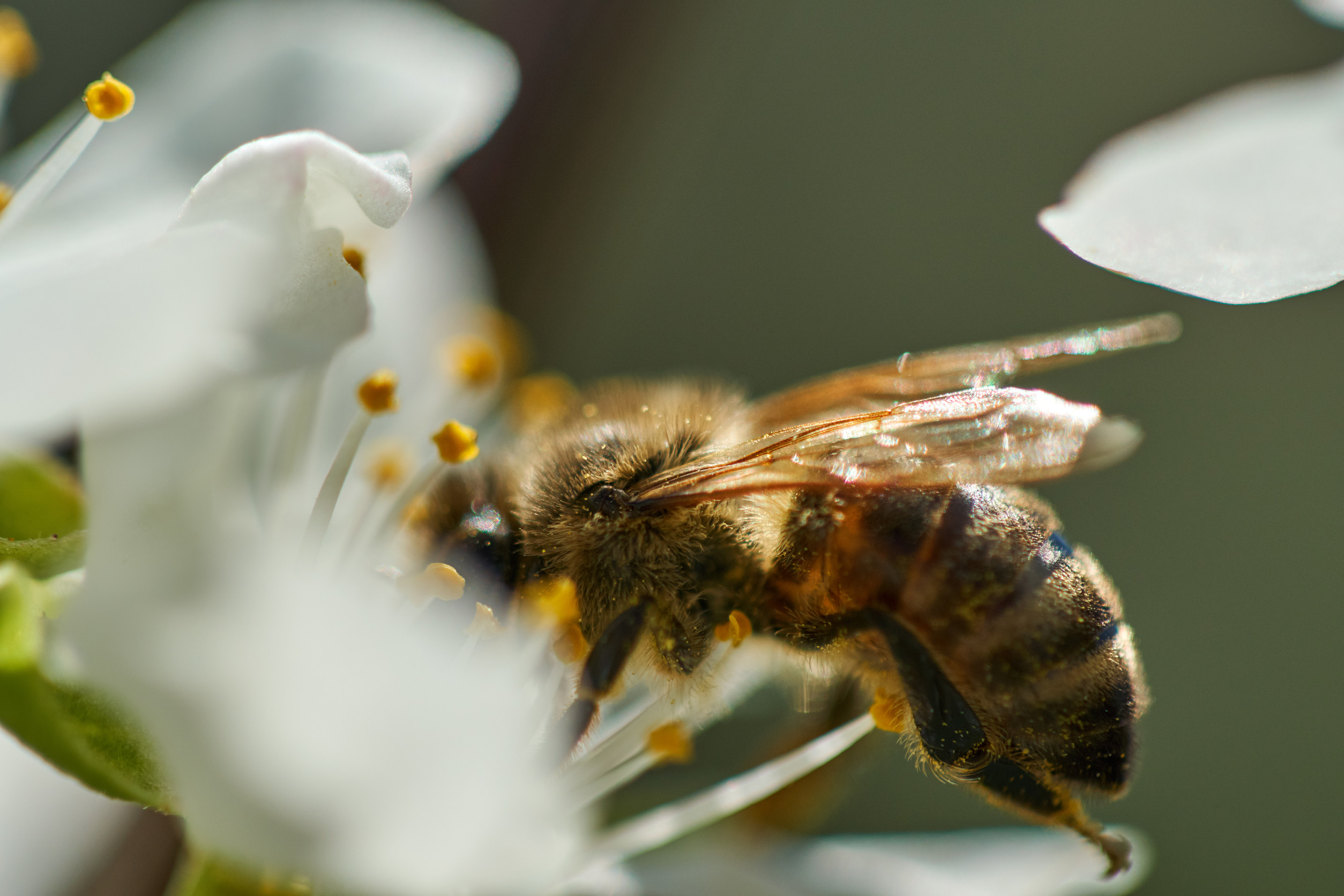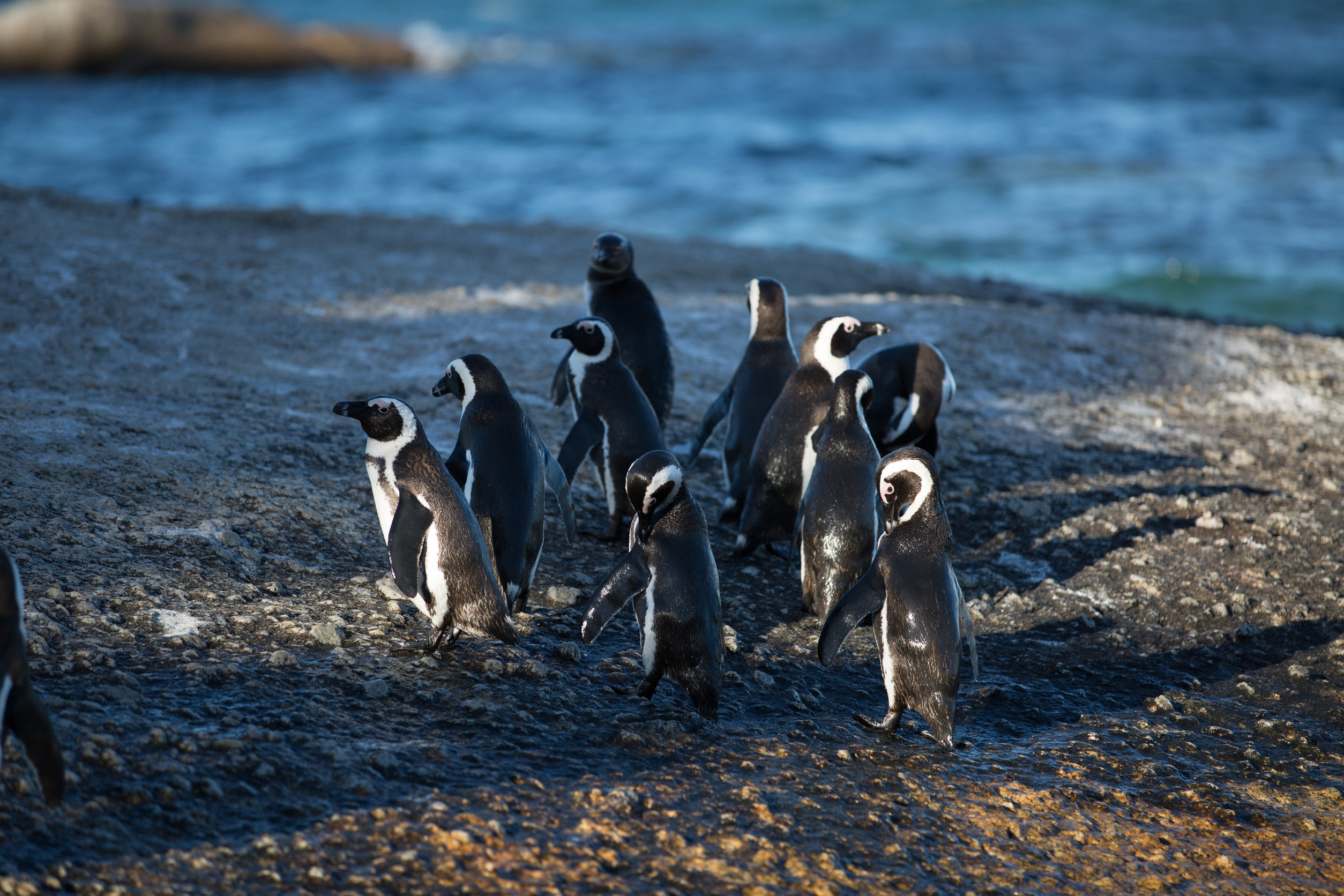Chemical advances continue to bring new materials into the domain of recyclability, and new research from a team at the University of Michigan has targeted one of the most difficult to reuse. The researchers created a method for transforming scrap PVC (polyvinyl chloride) into useable items, which opens up some intriguing new possibilities for this previously unrecyclable substance.
The recycling woes of PVC
PVC is one of the most widely used plastics in the world, with applications ranging from piping and flooring to shower curtains and clothing. Its recycling rate in the United States, on the other hand, is not widespread, with efforts to recycle the material hampered by its harmful constituents.
“PVC is the kind of plastic that no one wants to deal with because it has its own unique set of problems,” explained study first author Danielle Fagnani. “PVC usually contains a lot of plasticizers, which contaminate everything in the recycling stream and are usually very toxic. It also releases hydrochloric acid really rapidly with some heat.”
Plasticizers are added to ordinary plastics to increase their durability and flexibility, but some of them pose substantial hazards to human health, with bisphenol A (BPA) being an especially well-known example. Another example is phthalates, which have been linked to endocrine disruption, pediatric malignancies, and premature death due to their ubiquitous use in common products.
PVC contains phthalates, which are one of the most dangerous chemicals in the material, and they, along with other plasticizers, leach out during standard recycling, which relies on heat treatment. This procedure also causes the PVC to produce hydrochloric acid, which can cause chemical burns and destroy recycling equipment.
Could electrochemistry give PVC a second life?
To that end, Fagnani and her team have been experimenting with non-thermal methods of PVC recycling, and have developed a promising new electrochemistry method. The researchers used electrons to break down the carbon-chlorine bonds in the material and were able to precisely control the flow of hydrochloric acid by employing one of the PVC plasticizers to mediate the process.
“What we found is that it still releases hydrochloric acid, but at a much slower, more controlled rate,” Fagnani illustrated.
The acid can then be collected and utilized as a reagent in other chemical reactions, while the procedure also produces chlorine ions, which can be used to chlorinate molecules for use in medicinal and agricultural applications. The approach also leaves other materials behind that the scientists are attempting to find uses for. So, there is potential for improvement, but the researchers claim the work demonstrates how chemical recycling may be used to give problematic materials a second chance.
Source study: Nature Chemistry— Using waste poly(vinyl chloride) to synthesize chloroarenes by plasticizer-mediated electro(de)chlorination











